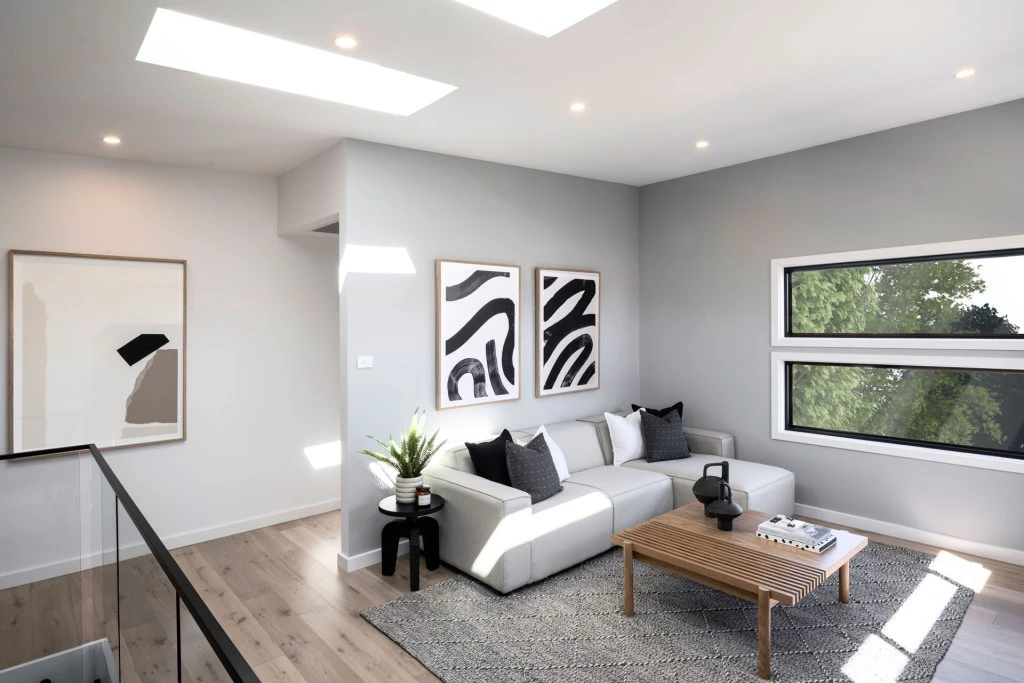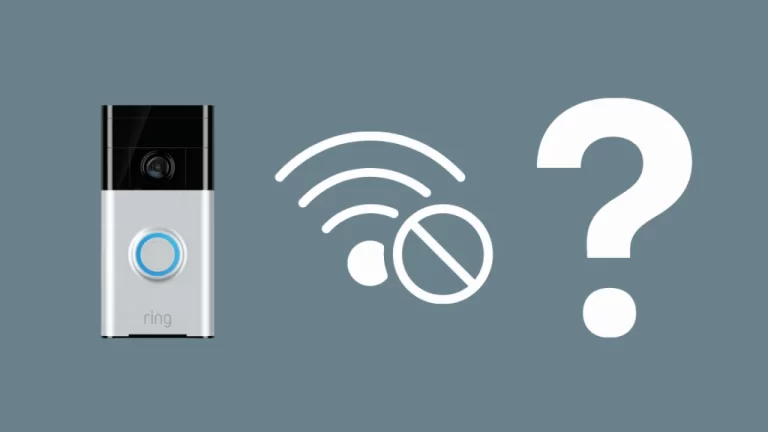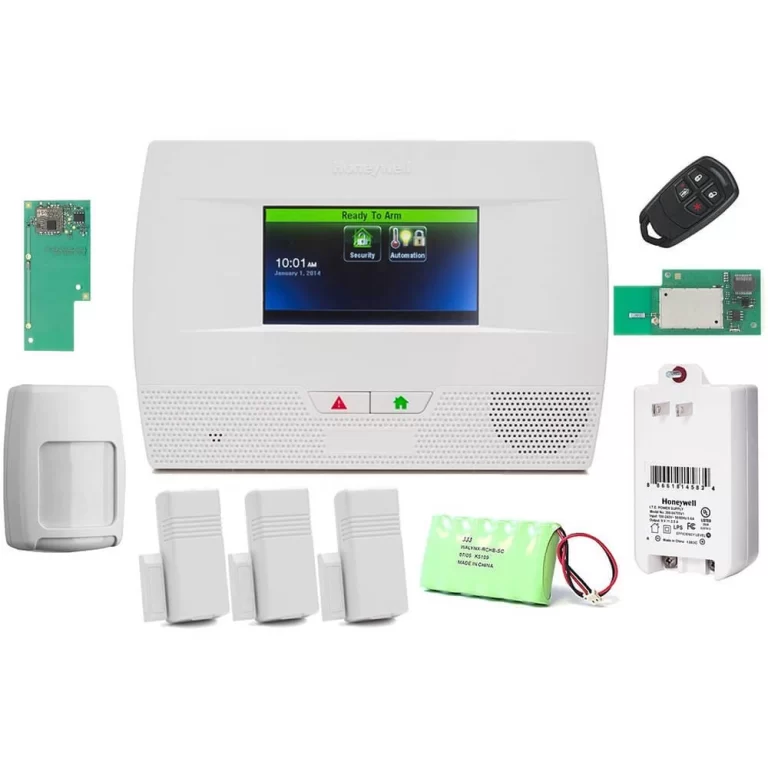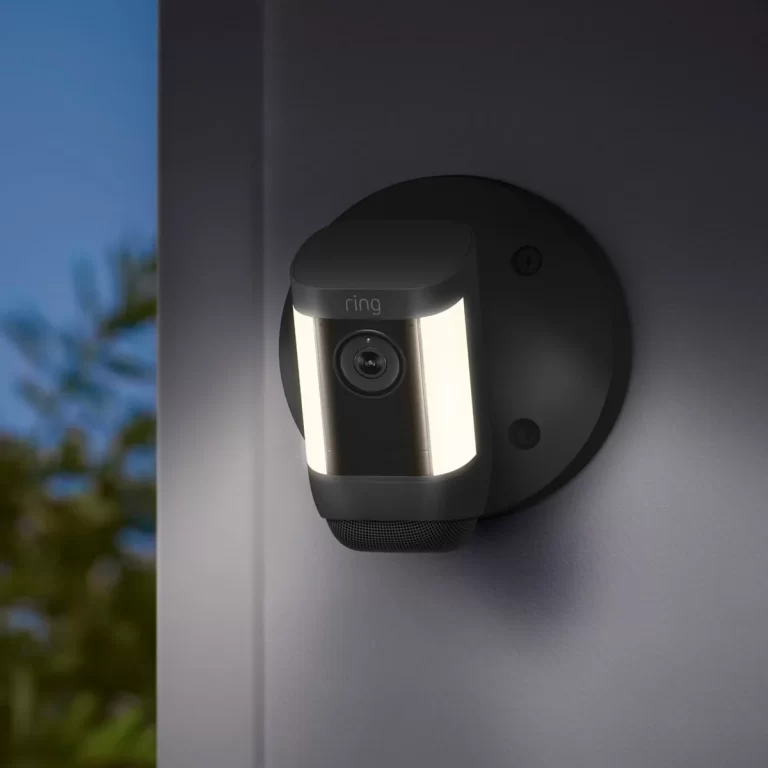How Do You Plan an Energy Efficient House? Site Analysis
How do you plan an energy efficient house? In this comprehensive guide, we will outline the steps to plan and design an energy-efficient house.

How Do You Plan an Energy Efficient House?
Building an energy-efficient home not only helps you reduce your carbon footprint but also saves money in the long run through reduced utility bills.
We have analysed experts in the field of sustainable architecture and energy-efficient housing.
Hence, this comprehensive article provides you with valuable insights and practical tips to create a home that is not only environmentally friendly but also comfortable and aesthetically pleasing.
1. Conduct a Site Analysis
The first step in planning an energy-efficient house is to conduct a thorough site analysis. Evaluate the orientation of the plot, taking note of the sun’s path throughout the day.
Orienting the house to maximize natural light exposure can significantly reduce the need for artificial lighting during the day.
Additionally, proper site analysis allows you to identify potential obstacles, such as neighboring buildings or tall trees, that may cast shadows on the house and affect its energy performance.
2. Optimal Building Envelope
The building envelope plays a crucial role in maintaining the desired indoor temperature and minimizing energy consumption.
Utilizing advanced insulation materials and techniques, such as double-glazed windows, well-insulated walls, and energy-efficient doors, helps create a tight thermal envelope.
This prevents heat loss during winter and heat gain during summer, thus reducing the dependency on heating and cooling systems.
3. Embrace Passive Solar Design
Passive solar design is a sustainable architectural approach that utilizes the sun’s energy to naturally heat and cool the house.
By strategically placing windows and incorporating thermal mass materials, such as concrete or stone, you can harness the sun’s warmth during the day and release it during the cooler evenings.
This approach reduces the reliance on mechanical heating and cooling systems, making your home more energy-efficient.
4. Energy-Efficient Appliances and Lighting
When planning your energy-efficient house, pay attention to the appliances and lighting you choose. Opt for energy-star rated appliances that are designed to consume less energy without compromising on performance.
LED lighting is another excellent choice as it consumes significantly less electricity than traditional incandescent bulbs and has a longer lifespan.
5. Utilize Renewable Energy Sources

To further enhance the energy efficiency of your home, consider incorporating renewable energy sources.
Solar panels are a popular choice as they convert sunlight into electricity, which can power your home and even feed excess energy back into the grid.
Wind turbines are also an option, especially in areas with consistent wind patterns.
6. Water Efficiency
Energy efficiency is not limited to electricity consumption but also extends to water usage. Install low-flow faucets, showerheads, and toilets to minimize water wastage.
Additionally, consider harvesting rainwater for non-potable uses like watering the garden or flushing toilets, which can significantly reduce the burden on the municipal water supply.
7. Smart Home Automation
Integrating smart home automation systems can optimize energy usage in your house. Smart thermostats can adjust heating and cooling based on your preferences and occupancy patterns.
Automated lighting systems can ensure that lights are only on when needed, saving electricity. These systems provide you with real-time data and control over your energy consumption, enabling you to make informed decisions.
8. Landscaping for Energy Efficiency
Landscaping can play a vital role in enhancing the energy efficiency of your home. Planting shade-providing trees strategically can help block direct sunlight during the hottest parts of the day, reducing the need for excessive cooling.
Additionally, well-designed landscaping can act as a windbreak, minimizing heat loss during colder months.
Conclusion
In conclusion, planning an energy-efficient house involves a holistic approach that takes into account various factors such as site analysis, building envelope, passive solar design, energy-efficient appliances, and others.
By carefully considering each aspect, you can create a sustainable and comfortable home that positively impacts the environment and your wallet.
READ ALSO!!!



